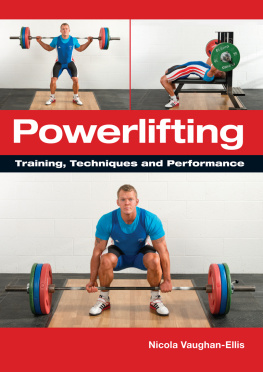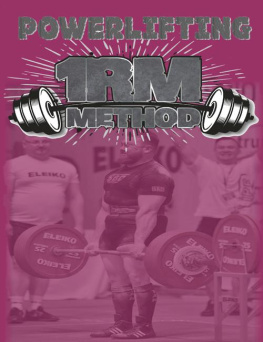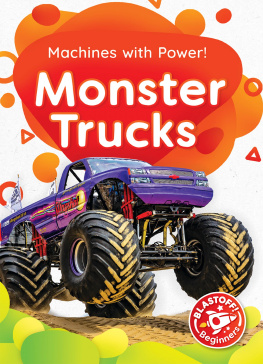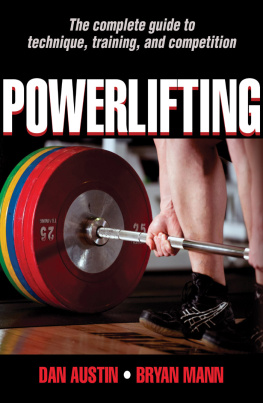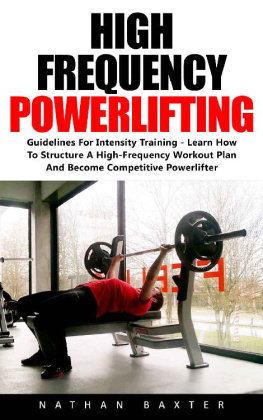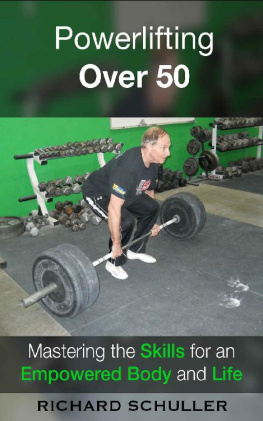
Throughout the history of its development, sport as a kind of human activity was characterized by a high level of competitive struggle, which is explained by its specificity. The goal of each athlete is not just to participate in sports competitions, but to demonstrate their capabilities in the framework of the chosen sport and defeat rivals. The competitive nature of sports competitions is fully reflected in the content of the educational and training process as a means of preparing an athlete to participate in competitive activities ... "

















3.1. 
3.2. 
3.3. 
3.4. 
3.5. 



Throughout the history of its development, sports as a type of human activity, it was characterized by a high level of competition, which is explained by its specificity. The goal of each athlete is not just to participate in sports competitions, but to demonstrate their capabilities in the framework of the chosen sport and defeat rivals. The competitive nature of sports competitions is fully reflected in the content of the educational and training process as a means of preparing an athlete to participate in competitive activities.
Over a considerable period of time, there has been a continuous improvement and development of fundamentally new training methods, medical and biological support and other elements of the athletes training system. From a relatively primitive education, the methodology of sports training has evolved into a developed scientifically grounded training system with its own theoretical base and practical experience.
Currently, the training of an athlete is a set of separate, complexly interconnected elements, each of which has its own specifics and requires separate study. Strength training is one such element. This element of training has turned into an independent education, which has its own theoretical basis, specific terminology, specialized inventory.
In many sports, whose competitive activity requires an athlete to have a significant level of physical fitness, Within the framework of the educational and training process, strength training is carried out in one form or another as a means of strengthening muscles using weights or special training devices. In this case, strength training contributes to the creation of a functional foundation, on the basis of which the special preparedness of an athlete is built and implemented in the framework of competitive activity. Neglect of this training element or its illiterate use negatively affects the effectiveness of the educational and training process.


Basic terms used in strength training can be conditionally divided into the following groups: classification of forms of movements, classification of methods of holding the projectile, classification of exercises, ratio of training weight and re-maximum (RM), parameters of training load.
Classification of forms of movements
In the process of performing the exercises, the links of the body move in space and change their location relative to each other. Each movement of body links is indicated in accordance with the generally accepted classification and certain terms that are used to describe the exercise technique. The following basic terms are currently used:
Flexion of the hand - flexion of the arm at the wrist;
Extension of the hand - extension of the hand at the wrist;
Forearm flexion - flexion of the arm at the elbow joint;
Extension of the forearm - extension of the arm at the elbow joint;
Pronation - turning inward or supination - turning outward of the arm at the elbow or shoulder joint, as well as the legs at the knee or hip joint;
Shoulder flexion - movement of the arm in the shoulder joint forward and upward;
Shoulder extension - movement of the hand in the shoulder joint back - down;
Abduction arms - raising the arm in the shoulder joint to the side - up;
Bringing arms - lowering the arm in the shoulder joint to the side - down;
Mixing arms - movement of the arms inward towards the chest;
Breeding arms - movement of the arms back - to the sides;
Flexion of the foot - rise to the toe of the foot;
Extension of the foot - lifting the toe of the foot up;
Calf flexion - flexion of the leg at the knee joint;
Leg extension - extension of the leg at the knee joint;
Hip flexion - lifting the thigh forward - up;
Hip extension - lowering the hip back - down;
Hip abduction - movement of the hip up - to the side;
Hip adduction - movement of the hip down - to the side;
Torso flexion - lowering the body forward - downward due to flexion in the hip joints and lumbar spine;
Extension of the trunk - lifting the trunk up from the tilt position due to extension in the hip joints and lumbar spine;
Tilt to the side - movement of the trunk to the side - downward due to the movement in the hip joints and spine;


